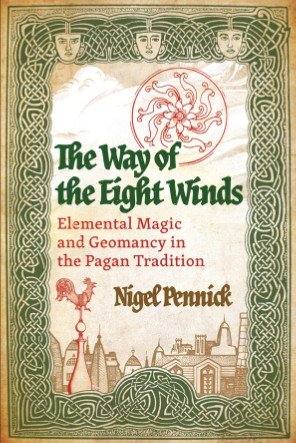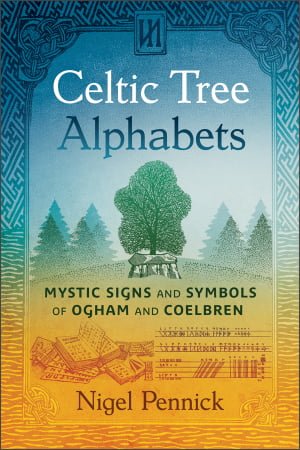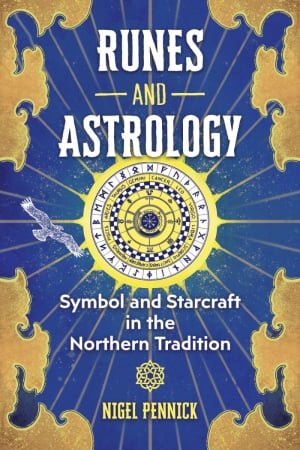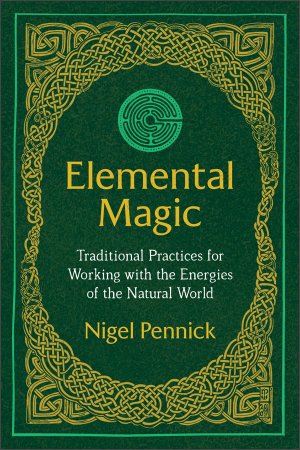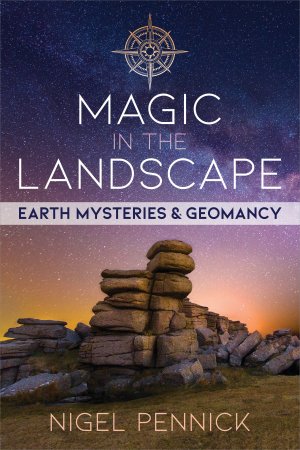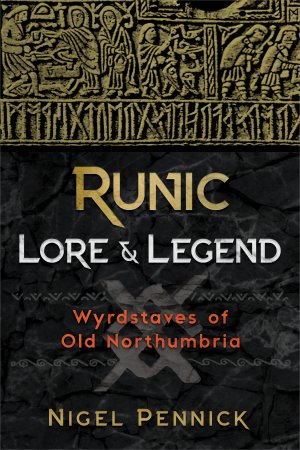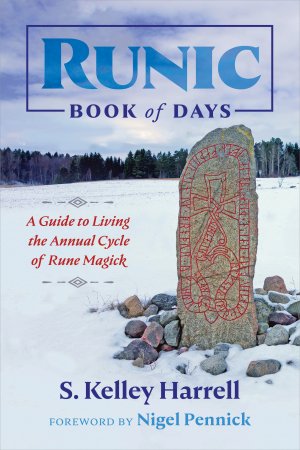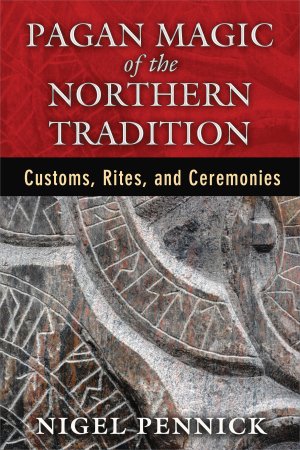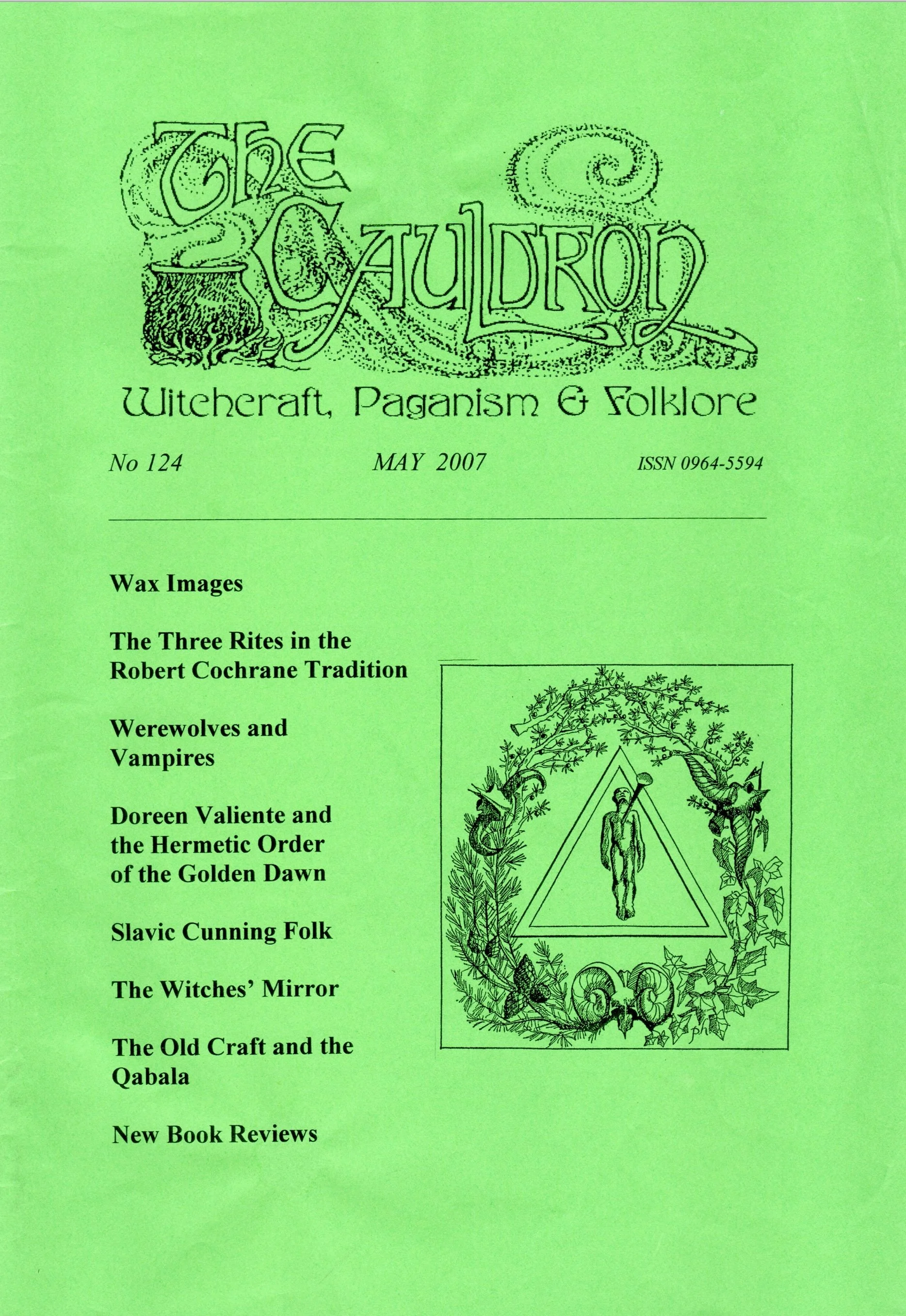Nigel Pennick
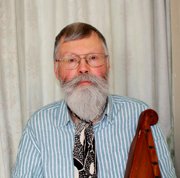
Nigel Pennick is an authority on ancient belief systems, traditions, runes, and geomancy and has traveled and lectured extensively in Europe and the United States. He is the author and illustrator of more than 50 books, including The Pagan Book of Days. The founder of the Institute of Geomantic Research and the Library of the European Tradition, he lives near Cambridge, England.
Publications
Nigel explores the history and practice of traditional European Pagan spirituality, which celebrates our relationship with nature. He looks at the Eight Directions and the powers of their Winds. Sharing geomancy practices, he reveals how to work with spirits of a place. Readers will learn runic practices, divination techniques, and how to craft magical tools.
Examining the Ogham tree alphabet of Ireland and west Britain as well as the Bardic secret alphabet of Wales known as Coelbren, Nigel Pennick shows how these ancient symbols represent the voices of elemental powers and speak to the inner, untamed part of the human soul, offering the possibility of deep psychic transformation.
Nigel Pennick explores the many ways people through the centuries have sought to divine the future, ensure protection, and draw the full benefits from days of good omen. He shows how dice were originally considered sacred objects of divination and reveals the divinatory geomancy techniques and meanings of a dice oracle and other divination traditions.
Detailing the significance of natural time cycles in the Northern Tradition, Nigel Pennick explores how the stars, planets, seasons, months, and the precessional year relate to the 24 runes of the Elder Futhark. He also provides charts and calculations to discern which rune is the primary influence on a particular day, week, month, or year.
Sharing examples from ancient Egypt, Iran, India, and Europe that range from the Stone Age to the Renaissance, Pennick examines all the factors behind the ancestral art of geomancy: the auspicious creation and alignment of sacred buildings and places of power. He also explains how electional astrology and chronomancy were understood in ancient societies.
Explores ancient mask customs, rituals, and traditions throughout Europe, from Scandinavia and England to Germany and France to Greece and Rome
An illustrated exploration of the origins and history of amulets, lucky charms, talismans, and mascots
Exploring earth, mineral, and plant magic as well as the magical properties of the earth’s cycles and power places, Nigel Pennick presents a comprehensive introduction to the principles, practices, and tools required to draw on the magic inherent in the natural world for personal development and spiritual empowerment.
Our ancestors were deeply aware of the magical power of their local landscape. In this book Nigel Pennick details the ancient practices of geomancy and Earth magic, including how to work with ley lines, astrology, and the four directions to honor a space and make it a place of power.
Nigel Pennick takes readers on a journey through the practice of operative witchcraft in the British Isles from the Middle Ages through the Elizabethan era to the decriminalization of witchcraft in the 1950s and its practice today. He also offers practical insight into spells, charms, amulets, sigils, and tools of the craft.
Drawing on scholarly research and personal contacts, Nigel Pennick describes the secret rites, folk customs, and magical traditions of guilds and rural fraternities of the British Isles, such as the Shoemakers, Horsemen, Plough Witches, Free Gardeners, Toadmen, Mummers, and Bonesmen, revealing how these secret traditions still live on.
In this guide to the Wyrdstaves, or runic practices, of Old Northumbria, Pennick details the meanings, symbolism, and magical uses for each of the thirty-three runes of the Anglo-Saxon Futhark, as well as their relationships to tree and plant spirits and their use in divination.
Offering a step-by-step primer to work with runes throughout the year, Kelley Harrell shows how the 24 runes of the Elder Futhark follow a seasonal progression in which each stave rules the calendar for a half-month. She includes structured devotionals for each half-month and runic initiation rituals for the 8 pagan Sabbats.
Since ancient times, human beings have created symbols to convey deeper information that can not be communicated in words. Many glyphs have retained their meanings over millennia whereas some have modern meanings vastly different from the original connotation. This study, with more than 300 unique woodcuts, drawings, calligraphy, and photographs, examines ancient and enduring glyphs in detail, revealing how symbols link the cosmic with the terrestrial and allow us to infuse the mundane with the numinous.
In the pre-Christian societies of Northern Europe, magic was part of day-to-day life. For example, individuals could journey out of the body using direct natural magic, and runes were employed to ward off illness. This book shows how anyone can participate authentically in the magic of the Northern Tradition today.
In this revised edition the author provides details on auspicious and inauspicious days, holy days of the ancient gods and goddesses, and the eight stations of the year (the solstices, equinoxes, and cross-quarter days). He also includes lunar and solar charts indicating dates of major Pagan celebrations from the year 2011 through 2033.

